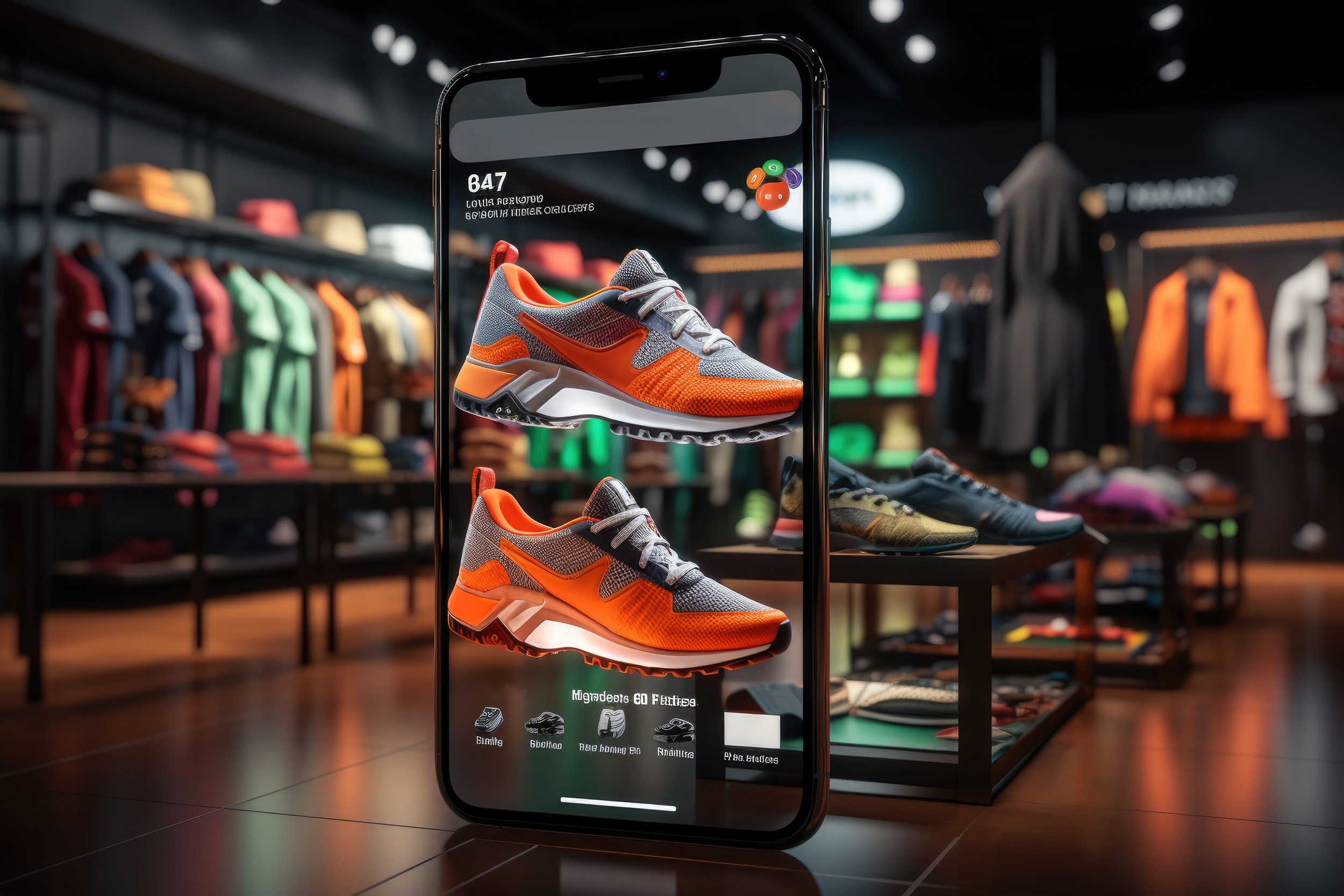Developing leaders needs to move from generic to support in the moments that matter!
Our brain is trained to learn by experimentation. We do something, we get a response – and we decide if we want to do it again based on the response.
This is how our brains develop right from an early age.
And even in adulthood, and in the workplace, this is also true. As a leader, if I try something with my team, try a new trick or technique I’ve learnt, and it works, then I’ll do it again. Obviously!
I’ll add this to my bag of tricks, or my ‘knowledge library’, and will keep rolling it out until it stops working.
But there is a missing ingredient that is still a major blocker in leadership development today… TIME.
The time between the action and response can have a significant impact on behaviour change. Leaders need to learn and be supported IN THE MOMENT with their team members, because then they will associate the learning with the outcome, and it will be embedded.
So today, this is what we want to focus on – why do new initiatives in HR, technology, leadership and training need to focus on being there when it matters.
Over the past 18 months, TALY has been out talking to talent teams, HR professionals and industry experts to understand how the people landscape is changing – informing how HR technology can make more of an impact.
We’re sharing the key trends we’ve uncovered. Today, we continue with a focus on helping leaders connect in the moments that matter.
Get in touch to find out more about how you can use TALY profiling to give you the insights you need to build great teams - from recruitment onwards! Or Book a Demo today to see how easy it is to start using TALY in your business.
The connection between action and reward - it’s everywhere!
The relationship between time and reward is well understood.
We’ve all heard of Pavlov’s Dog - Pavlov rang a bell every time they put the dog’s food down, and then eventually the dog associated the bell with the food. The connection between the action and the reward was locked in.
Consumer media industries have known this for a long time. He’s a couple of examples.
Social media (of course)
Social media advertising leverages instant gratification by encouraging users to act based on immediate rewards—such as likes, shares, and influencer endorsements—creating a quick action-reward cycle that drives consumer behaviour.
Gamified marketing
Gamified marketing leverages instant gratification by providing real-time feedback, rewarding user actions immediately with points, badges, or other incentives, which creates a powerful cycle of engagement and satisfaction. This instant reward mechanism taps into our desire for immediate recognition and reinforces continued interaction with the brand.
On-Demand Delivery Services
Also instant gratification fueled recent rise of on-demand delivery services. people's want immediate access to goods and services without delay. This demand has led to the growth of platforms that deliver food, groceries, clothing, and more directly to consumers' doorsteps, providing instant rewards by saving time and offering convenience.
What does this have to do with leadership?
All leaders are always developing. No one starts as a leader knowing everything they need to know - it’s a process of ongoing learning, of experimentation, of trial and error.
But the typical employee has just 24 minutes per week for formal learning. With such limited time, structured learning isn’t enough - and doesn’t work as well anyway. Informal, "in-the-flow" learning is essential for success.
Over time, leadership training has evolved from broad and generic training to a more modularised and relevant approach. And this lines up with the way employees like to be trained - half of all employees like to learn at the point of need – i.e. give them what they need when they need it, not in some generic training or online module.
For HR teams and designers or workplace L&D, the connection is clear…
People like to learn in the flow of work.
When they see their new skills in action and making a difference, they’ll feel a sense of reward and will embed this new behaviour.
So what’s the best way to help leaders?
What leaders need, when they need it.
So if we know that this is true, why is it also true that only 12% of businesses are effectively training in the flow of work?
The truth is, processes, operations and technology just have not got to the place leaders need.
But the good news is, new ways of working and re-imagining what we do with AI and technology is going to change everything!
In our TALY blog a few weeks back, we talked about the difference between digital transition (moving old processes to a digital format – but not changing them) and digital transformation (re-imagining how things can be done).
As Geraldine Murphy, Global Learning Experience Manager at The Heineken Company puts it…
“We’re transitioning from an era of one-size-fits-all learning to one where personalised learning is the norm. This transition propels the shift from traditional courses to dynamic learning resources. Human-driven professional development will focus on self-discovery and inner leadership facets, such as values and purpose, while highlighting the significance of connection. AI will provide real-time guidance, offering insights for tasks like career discussions, strategy development, or marketing campaigns.”
To make this a reality though, we need to help bridge the gap between the leader and team member by creating a level of empathy, trust and understanding. There is a great line from the New Zealand’s National Rugby Team the All Blacks – “you have to connect, before you correct”.
And team members want this…
A study by Harvard Business Review found that 57% of employees prefer corrective feedback over praise, and 72% believe their performance would improve with more frequent constructive feedback. Despite this, many managers struggle to provide it, even though 92% agree that well-delivered feedback effectively boosts performance.
So, maybe it’s time for you to start re-imaging your processes?
How can you support your leaders to have great conversations in the moments that matter?
How can you get them the data and insight they need to truly connect with individuals
And how can you make this super easy for them?
The TALY approach to personality profiling brings together a unique mix of Five Factor and Emotional Intelligence profiling to help organisations, hiring managers and teams to make better decisions about recruitment and teams.
Get in touch to find out more… we love talking about this stuff! Or Book a Demo today to see how easy it is to start using TALY in your business.





